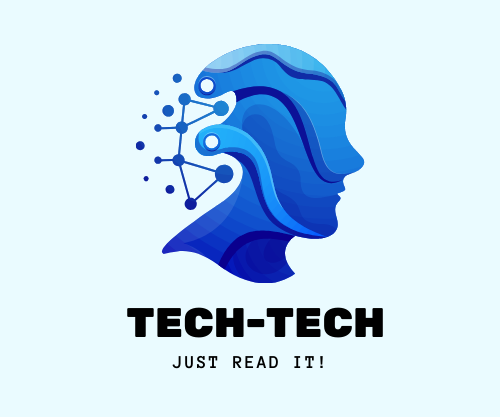By Sami Bel Hadj
The Revolutionary Potential of Blockchain Technology
I’ve been delving into blockchain technology since late 2015, and with each new discovery, I’m increasingly convinced of its disruptive potential—not because of the media hype, but because of the dynamic ecosystem it fosters. In just a few years, blockchain has created a new paradigm that impacts virtually every sector of our lives. This technology isn’t merely a tool for finding innovative solutions to existing problems; it prompts us to think philosophically about the challenges that emerge when communities engage in business.
Dunbar’s Number and Community Dynamics
Dunbar’s number, as defined by Wikipedia, is “a suggested cognitive limit to the number of people with whom one can maintain stable social relationships—relationships in which an individual knows who each person is and how each person relates to every other person.” This number is estimated to be around 150. Beyond this, maintaining stable relationships requires rules (laws), values (politics, religion, beliefs), and tools (language, money) that members of the community adhere to.
Business Communities and Centralized Trust
I believe there is a Dunbar’s number for business communities as well. Traditionally, we’ve exceeded this natural limit by creating third-party entities that enforce trust and act as the single source of truth within a community. However, this centralized approach has concentrated power at the top of the pyramid. As history has shown, power tends to corrupt, regardless of the integrity of those at the top. Additionally, this system struggles to scale decision-making processes on a global level, often failing to make timely and effective decisions.
Blockchain: A Decentralized Blueprint for Trust
Blockchain technology offers a blueprint for designing and building a system that maintains trust and truth while decentralizing power. This new system is inherently scalable, leveraging crowd wisdom instead of central authority. For the first time, we can envision a system with rules but without rulers, regulated by algorithms rather than bureaucracies.
The Internet Stack vs. The Blockchain Stack
Consider the structure of the internet stack. Most of the value is captured at the application layer (think Google, Facebook, Twitter), while internet protocols (TCP/IP, HTTP, SMTP) generate relatively low returns. This dynamic has centralized power in the hands of FAMGA (Facebook, Apple, Microsoft, Google, Amazon). In contrast, the blockchain stack reverses this relationship. Here, the shared protocol layer captures most of the value, with the application layer receiving only a fraction. For example, the Bitcoin network has a market cap of $150 billion, while the largest companies built on top of it are worth only a few hundred million at best.
Conclusion
Blockchain technology continues to challenge the status quo. It provides a decentralized, scalable framework for trust and truth, disrupting traditional power structures and decision-making processes. By doing so, blockchain not only promises innovative solutions to current problems but also inspires a philosophical reevaluation of how we organize and govern our communities and businesses.
Blockchain will never stop disrupting the status quo!
